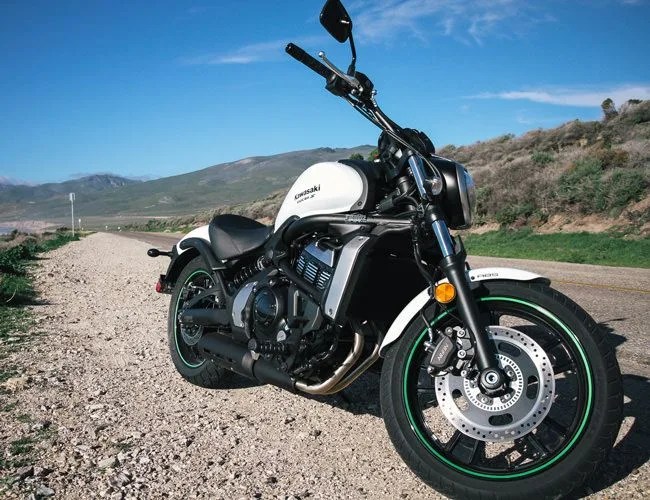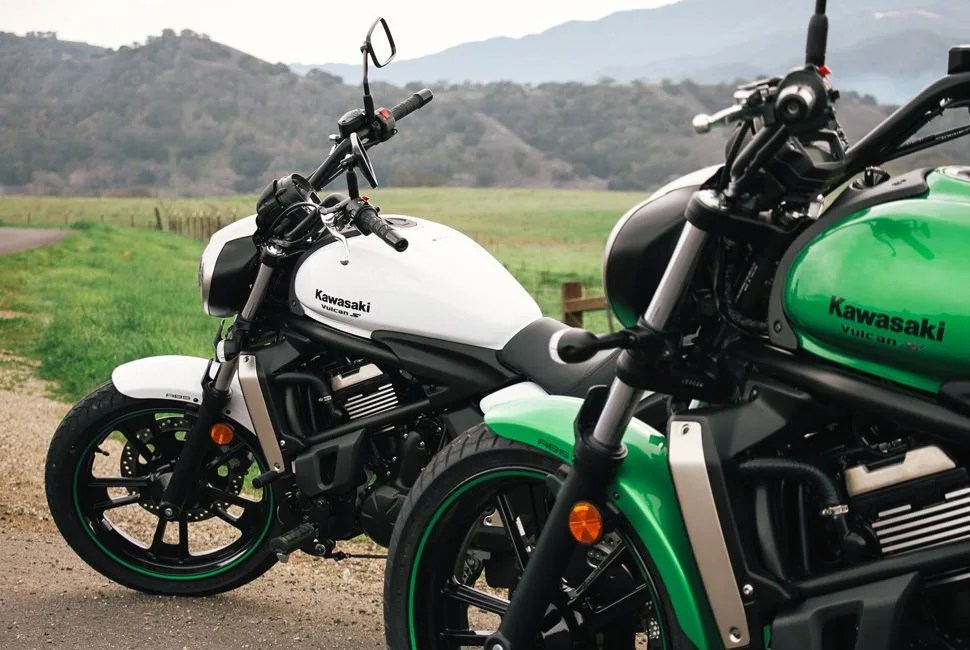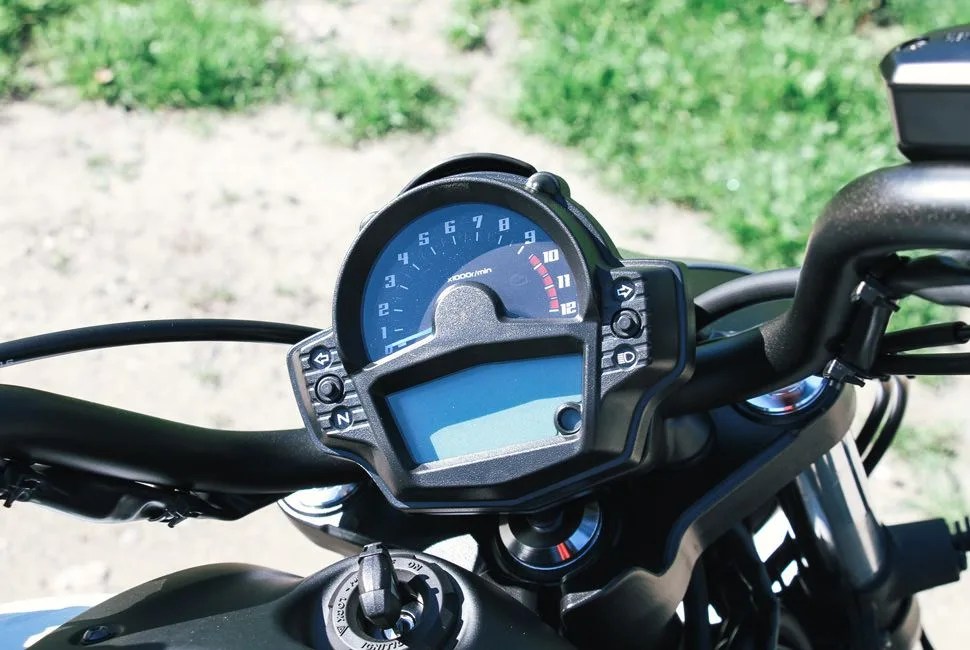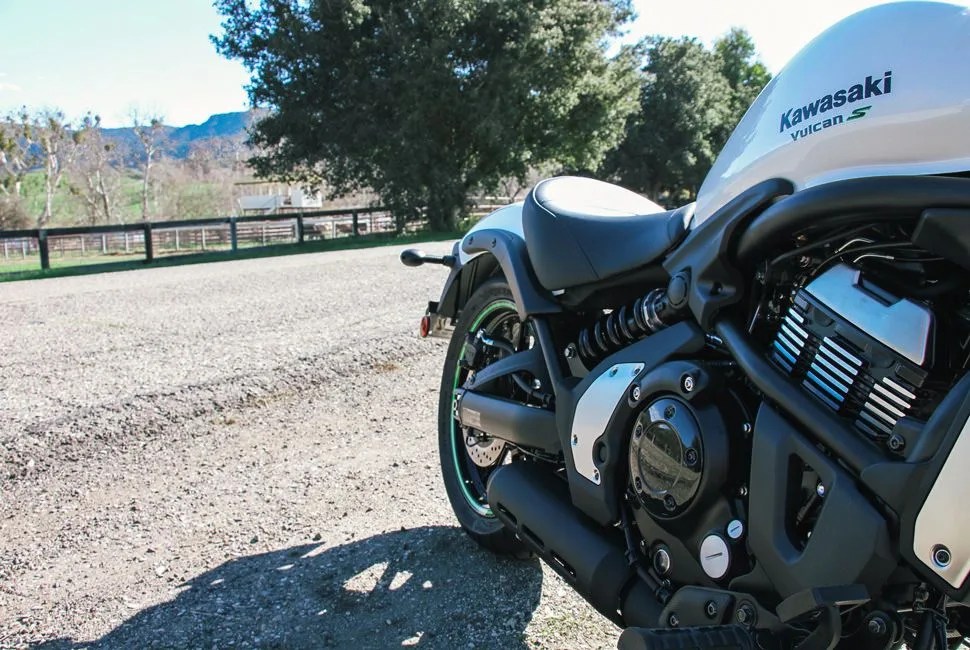7 photos
Unlike cars, motorcycles don’t have infinitely adjustable seats, telescoping controls and adjustable pedals. They come stock, and you deal with it. Custom-made motorcycles aside, that means there’s no guarantee the bike’ll be a good fit. And getting the right fit is everything; a bad set up can compromise control or hurt endurance on longer rides. So Kawasaki’s new Vulcan S ABS ($7,399), equipped with their adjustable Ergo-Fit system, is a bit of a godsend to riders, giving them comfort, stability, and one hell of a ride.
MORE MOTOS: Ducati Scrambler | World’s Deadliest Moto Race | 5 Vintage-Style Motos
Before riding the Kawasaki Vulcan S, Kawasaki fitted me for the bike (like getting measured for a tailored suit, Vulcan S customers get sized for their rides the day of purchase). There were three bikes set up in the three main configurations, so I could sit on each and static test the positioning, Goldilocks style. I tried the Reduced Reach (intended for shorter riders), Mid Reach (for riders up to 6 feet tall) and an Extended Reach (for riders 6-foot-1 and taller). Additionally, I mixed and matched the three foot peg positions, three seats of varying depths and two handlebar lengths until the bike fit my long-legged 6-foot-1 frame.
Like getting measured for a tailored suit, Vulcan S customers get sized for their rides the day of purchase.
Initially I chose the Mid Reach bars, Mid Reach seat and Extended Reach pegs (one inch farther forward from factory pegs). But as any rider will tell you, sitting on a static bike and riding it through town are two very different things. The morning of the ride, I felt that — tangibly. Pulling out of the parking lot, it was obvious my legs needed more space. I had to lift my foot completely off the peg and around the shifter to downshift. On any motorcycle, let alone an unfamiliar one, that extra movement is unintuitive, distracting and, after a while, exhausting. Lifting my leg for every downshift would have quickly turned the day’s over-100-mile ride through Santa Barbara’s wine country into a marathon torture test.
I made due on the morning leg of the ride and at lunch I explained my dilemma to the Kawasaki wrenchers. A simple switch to the Extended Reach seat brought my hips back another inch and voila, no more lifting my leg to shift. This type of tailor-fit service is available at the dealer with no extra charge, a perk totally unheard of in this segment. If you buy a brand-new Vulcan S and get fit at the dealer, then ride off and the dimensions don’t feel quite right, bring it back and the dealer can tweak the ergonomics until it’s comfortable. That’s the beauty of the Ergo-Fit system.







